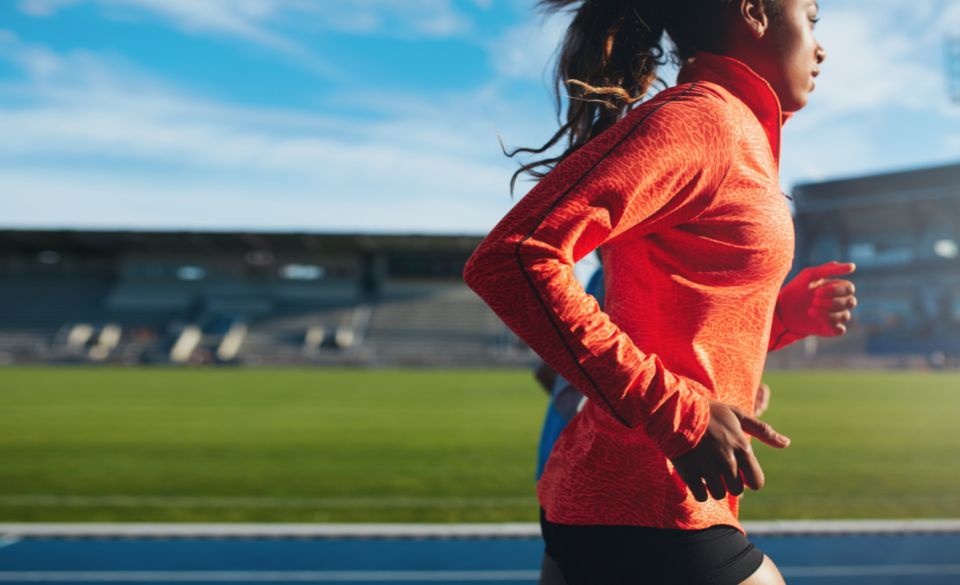
Where Do The Best Runners Come From – Long Distance
Running is a sport that has captivated the world for centuries, and athletes from different parts of the globe have made their mark in various events. However, when it comes to long-distance running, certain countries have emerged as powerhouses, consistently producing some of the best runners in the world. In this article, we will explore where the best runners come from, the factors that contribute to their success, and the trends and data that support these findings.
According to recent data, East Africa, particularly Kenya and Ethiopia, has dominated long-distance running events for decades. In fact, athletes from these countries have held the world record for the marathon for over 20 years. According to a 2019 report from the International Association of Athletics Federations (IAAF), Kenya and Ethiopia accounted for 87 of the top 100 performances in men’s and women’s marathons.
Scientists have studied the unique physical characteristics that give East African runners an advantage in long-distance events. Studies have found that many of these runners have longer limbs, a leaner body type, and a higher level of lung capacity, all of which contribute to their endurance and speed. Additionally, growing up in rural areas where running is a part of daily life has given many African runners a head start in developing endurance and mental toughness.
However, other countries have also produced successful runners. Japan, for example, has a long tradition of producing world-class distance runners, particularly in the marathon. Japanese runners are known for their discipline, attention to detail, and incremental improvement. The United States also has a strong track and field program, particularly in middle-distance events such as the 800-meter and 1500-meter races.
When it comes to major marathons, such as the Boston Marathon, the data shows that runners from Kenya and Ethiopia have consistently dominated the podium. According to the Boston Athletic Association, Kenyan athletes have won the men’s race 24 times since 1988, while Ethiopian athletes have won the women’s race 12 times in the same period.
Training Methods Of the Best Marathon Runners
Training methods also play a significant role in the success of long-distance runners. Many African runners, for example, train at high altitude, which can improve their endurance and red blood cell count. Japanese runners, on the other hand, focus on incremental improvement, with a rigorous training schedule that includes early morning runs, regular strength training, and a strict diet.
High-Altitude Training
Many elite marathon runners train at high altitude to improve their endurance and red blood cell count. The thin air at high altitude forces the body to produce more red blood cells, which increases the amount of oxygen that can be delivered to the muscles. This, in turn, can improve a runner’s endurance and help delay fatigue.
Tempo Runs
Tempo runs are a type of training that involves running at a steady, challenging pace for an extended period. This helps marathon runners build up their endurance and improve their lactate threshold, which is the point at which the body starts to accumulate lactate faster than it can be removed. Tempo runs can be done at various distances and paces, depending on the runner’s fitness level and goals.
Long Runs
Long runs are a crucial part of any marathon runner’s training program. These runs are typically done at a slower pace than tempo runs but are much longer in distance. The purpose of long runs is to build up a runner’s endurance and help them get used to running for extended periods.
Speedwork
While marathon running is primarily about endurance, speedwork is still an essential part of training. Speedwork involves running intervals at a faster pace than normal, with periods of rest in between. This can help improve a runner’s overall speed and power, which can be useful in the later stages of a marathon.
Cross-Training
Many elite marathon runners also incorporate cross-training into their workout routines. Cross-training can help reduce the risk of injury and improve overall fitness. Examples of cross-training include swimming, cycling, and weightlifting.
Rest and Recovery
Finally, rest and recovery are essential components of any marathon runner’s training program. Adequate rest helps the body recover from training and can reduce the risk of injury. Marathon runners typically incorporate rest days into their training program and also take time to stretch and foam roll their muscles.
Conclusion
In conclusion, the best runners in the world come from a variety of countries and cultures, but East Africa, particularly Kenya and Ethiopia, has emerged as a dominant force in long-distance running. Factors such as genetics, environment, and training methods all contribute to the success of these runners. While other countries have produced successful runners as well, the trends and data indicate that African runners continue to dominate major long-distance events.


